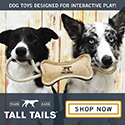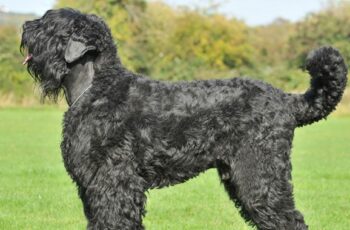Have you noticed that people seem to be getting out of the house a little bit more these days? Has your employer indicated that you may be able to go back to work in the near future? Are you starting to get back into your old routines?
Does the thought of going back to your old routines, whether by going back to work, to church or running in the park with friends excite you, make you a little bit nervous or both? For most of us, it is both. Guess what? It is the same for most dogs, too!
Our fur babies reflect our emotions so easily. Have you not noticed this in your own relationships with fur babes over the years? They quickly pick up on how we are feeling at any given time. Many researchers have documented this with their studies.
Since many of us have been working at home over the past 20 months or so, we have spent much more time with our dogs on a daily basis. We have established what has been called “a new normal”. Now, we may be preparing to return to our old routines.
We will have to do some adjusting and so will our canine companions. Just like with humans, some canines are prone to anxiety more than others. This also applies to separation anxiety. https://happymutt.org/separation-anxiety-knowing-the-symptoms/
Recently, I ran across a Fox 2 Detroit news interview with Hollywood dog trainer Joel Silverman that offered some pointers on how to ease your dog back in to old routines. They are worth considering.
Tips on how to ease your dog back in to old routines
- I you have not already established a routine of your dog spending some time in a crate, you need to do so. Dogs are “den creatures” and find comfort in crates. They are not to be used as punishment but for comfort.
Many anxious moments have been avoided by the use of a crate. They give the dog a sense of safety. If not in a crate they are free to pace and can build up a significant amount of anxiety.
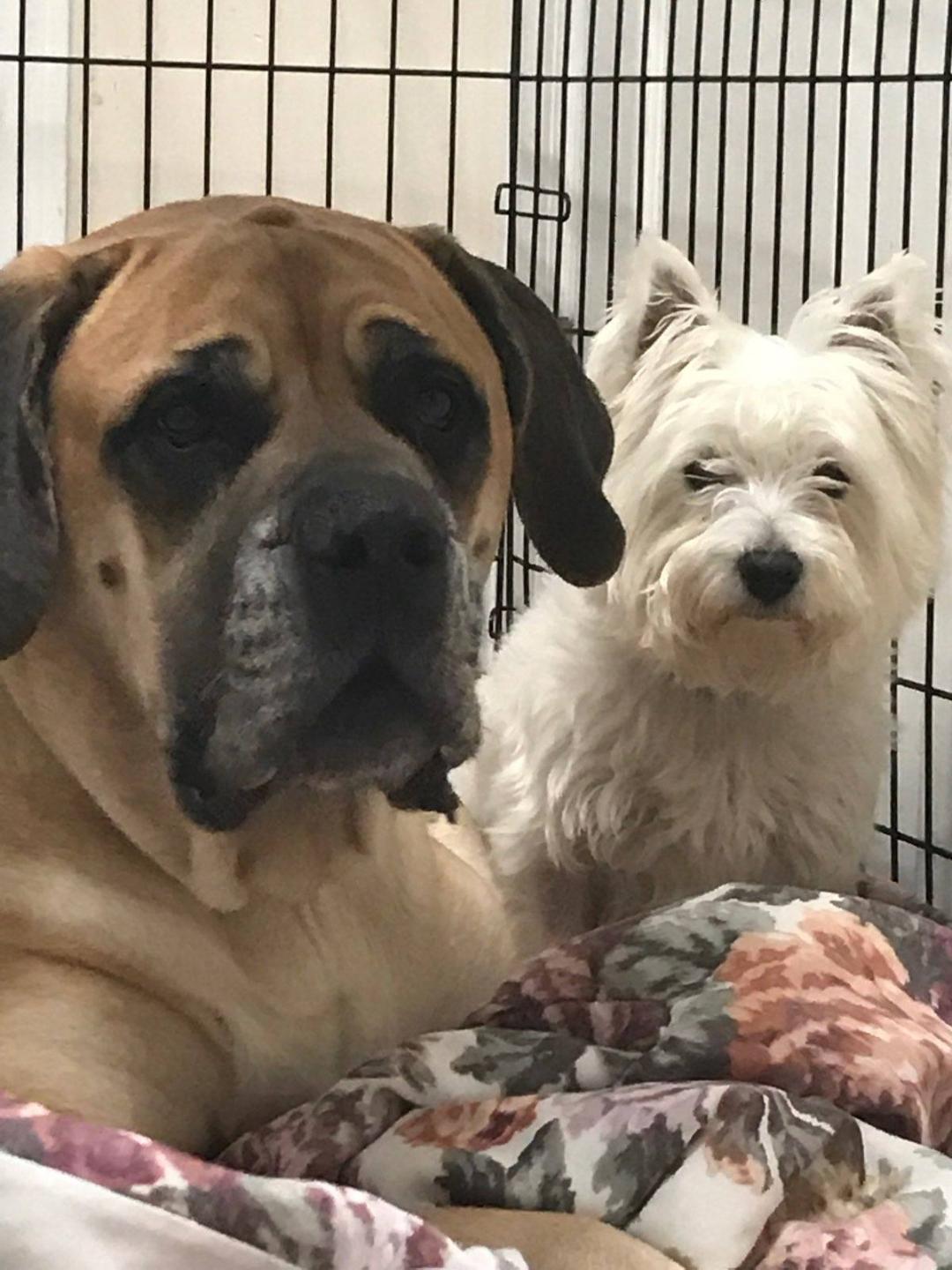
Crates help dogs return to old routines
Ways to help the transition along
Doggy Day Care is a wonderful option. Not necessarily for every day use but going 2 or 3 times a week is a great option. Dogs enjoy being around other dogs and other people.
If they have the opportunity to bond with more than just you, they are less likely to become anxious when you are away for the day. You can enrich their lives by allowing them to interact with others.
- Short training sessions while still home can be used to build their confidence. Confident dogs are less likely to become anxious when you go back to work. Remember to make the sessions short!
Here is a tip that makes training easier. Know how to hold the treat used when training. Keep it between your thumb and forefinger, held at an angle where they can always see it. You can use this to guide your dog into the directions you want them to go.
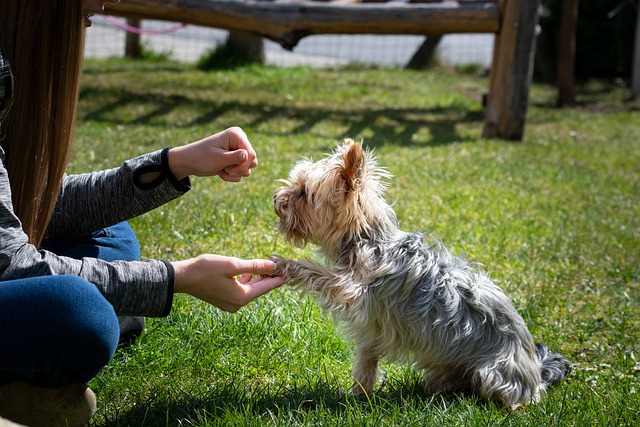
A treat goes a long way in training your pup
This link will take you to Amazon best dog treats section. No obligation to purchase and you can switch to any category of Amazon to review or purchase any of their products for your convenience).
“Little Doses” does it. Called “Little Proximations” among dog trainers, it means to introduce short increments of the “old normal” behaviors into the schedule.
Try to leave them for short periods of time throughout the day. Slowly build up how long you are gone at a time. Notably, when there is more than one dog in a family, they seem to adjust better.
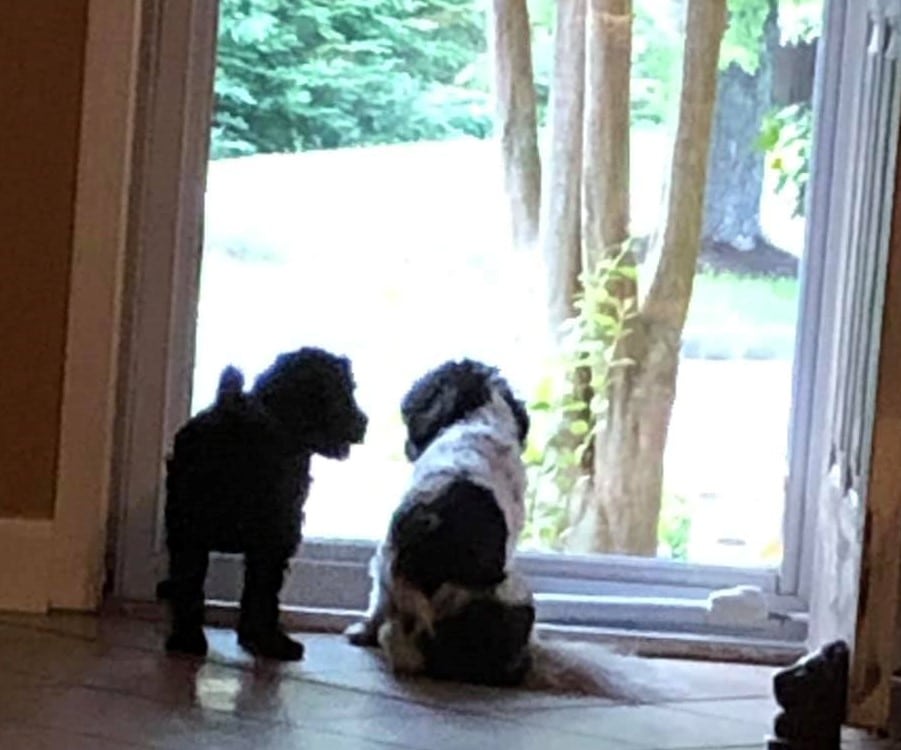
“When will Mom be home?”
Putting it all together
Resuming your old routines does not have to be traumatic or anxiety provoking for you or your dog. Preparing in advance of the big day of going back to your old routines whether at work or otherwise is the best way to make sure it is a pleasant day for both of you!
For those of you who wish to hear the advice from the dog trainer himself, here is a short video clip for your viewing pleasure.
Photo Courtesy of my photo album and Pexel.

